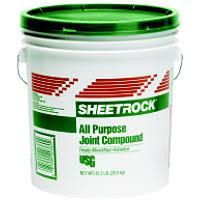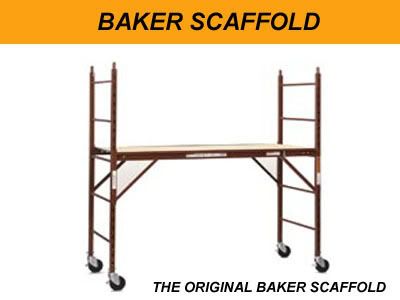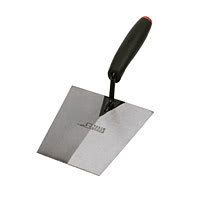TomBrooklyn
New Member
Hi,
I've done some drywall taping and have become somewhat competent at it, though not great. I want to have a go at some small plastering jobs around my own property. Mostly patching imperfections in the existing plaster over wood lathe, filling in some spots where the plaster has come loose, and some skim coating. I might want to try some blue board and skim coating over some new walls I'm putting in too.
I hope I can get some help here on what kind of trowels to get, some tips on techniques and application, and some pointers on the best products to use, especially the ones that are the most forgiving/easier to work with.
Cheers.
I've done some drywall taping and have become somewhat competent at it, though not great. I want to have a go at some small plastering jobs around my own property. Mostly patching imperfections in the existing plaster over wood lathe, filling in some spots where the plaster has come loose, and some skim coating. I might want to try some blue board and skim coating over some new walls I'm putting in too.
I hope I can get some help here on what kind of trowels to get, some tips on techniques and application, and some pointers on the best products to use, especially the ones that are the most forgiving/easier to work with.
Cheers.







